If you find yourself constantly battling your furry friend’s shedding fur, you’re not alone. Whether you’re walking around looking like a walking-talking hairball or your black clothes are no longer black because of the constant fur coverage, it’s time to make a change.
Pet owners everywhere understand the challenges of managing shedding, especially with dogs and cats, and brushing them regularly is the key to keeping both their coat and your home in tip-top shape.
But with so many pet grooming tools on the market, finding the right one can be overwhelming. Two of the most commonly used tools for dealing with shedding are the slicker brush vs furminator. Learn more about the unique double-layered coat of an Anatolian Shepherd and how to care for it effectively.
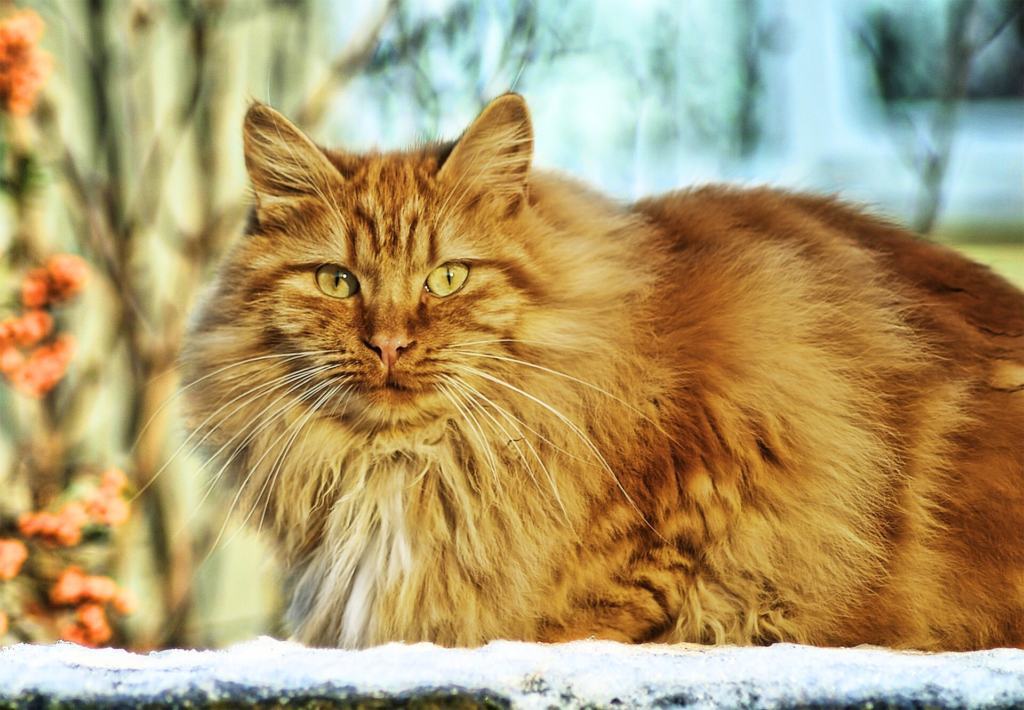
Blog Highlights
ToggleOverview of Pet Shedding and Grooming Needs
Before diving into the differences between the two brushes, it’s important to understand why brushing is so crucial. Shedding is a natural part of a pet’s life cycle, as old or dead hair is replaced with fresh growth.
Regular brushing helps reduce the amount of loose hair that ends up on your furniture, clothes, and floors, and it can also reduce matting and tangling. Additionally, brushing promotes better blood circulation and distributes natural oils through the coat, ensuring your pet’s fur remains healthy and shiny.
There are multiple factors that determine how often and what type of grooming tool your pet needs. These factors include the type and length of their coat, their age, their skin condition, and whether they suffer from allergies or have sensitive skin.
The two tools we’re going to focus on today, the slicker brush vs furminator, are both designed to tackle shedding, but each has specific features that make them more suitable for different types of coats and pets.
For insights on whether Pomeranians should wear a collar, including considerations for safety and alternatives, check out this informative article.
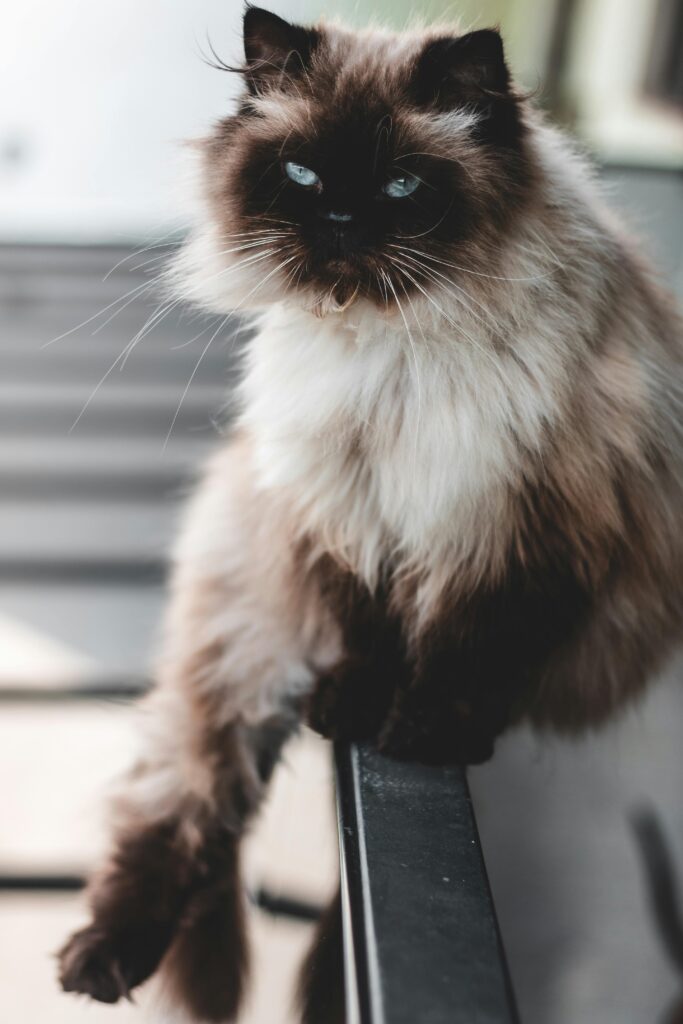
The Slicker Brush: An In-Depth Look
A slicker brush is one of the most popular grooming tools used for pets with long or medium coats. It features fine, tightly spaced metal or plastic pins that are great at removing tangles, mats, and loose hair. Slicker brushes are available in a variety of sizes, with some designed specifically for use on dogs, cats, or both.
How Does a Slicker Brush Work?
The slicker brush works by gently penetrating the surface of the coat to detangle knots and lift away dead hair. The flexible, thin wires or pins allow the brush to reach deep into the fur, loosening dead hair while avoiding damage to the skin. Many slicker brushes feature ergonomic handles, making them easier for pet owners to use without strain.
Some versions of the slicker brush include additional features, such as rubber tips at the end of the bristles. These soft rubber tips can help massage your pet’s skin, providing a more comfortable grooming experience and preventing the brush from being too harsh on sensitive areas. Additionally, some slicker brushes have retractable pins that help remove collected hair easily.
For a comprehensive guide on what kind of harness is best for a Pomeranian, including comfort and safety tips, check out this article.
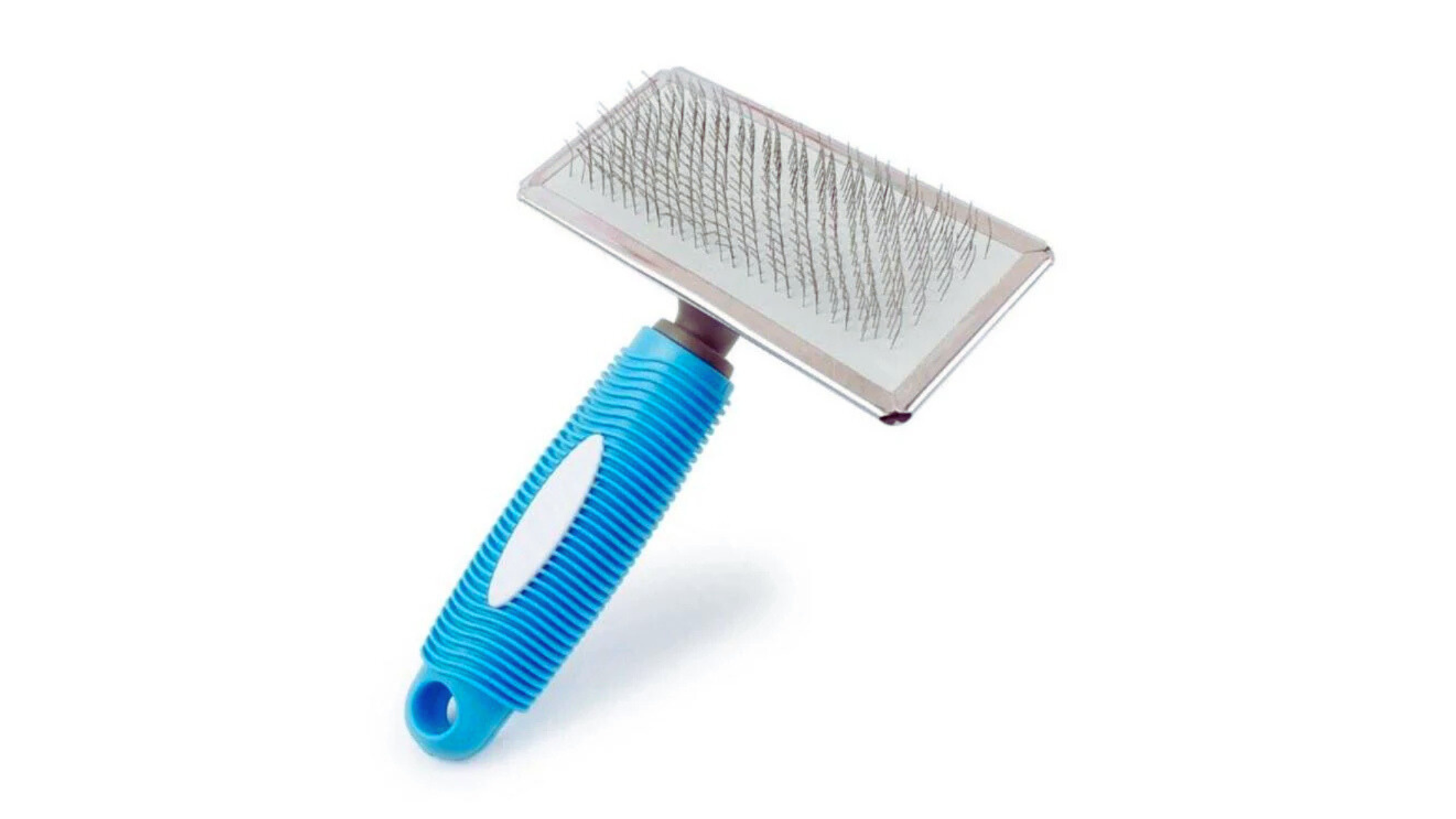
Size and Dimensions of the Slicker Brush
Slicker brushes come in a variety of sizes. Typically, a medium-sized slicker brush will have an approximate width of 3–4 inches and a length of about 5–6 inches. Larger brushes, which are suited for bigger dogs or thicker coats, can measure 5–6 inches in width and 7–8 inches in length.
For smaller pets, such as cats or small dogs, you can find smaller-sized slicker brushes that are typically 2–3 inches in width and 4–5 inches in length.
- Small Slicker Brush: Designed for cats and small dogs with shorter coats, it is approximately 4 inches long and 2 inches wide.
- Medium Slicker Brush: Ideal for medium-sized dogs and long-haired cats, it ranges from 5 inches to 6 inches long and 3 inches to 4 inches wide.
- Large Slicker Brush: For large dogs with dense coats, these brushes are typically 7 inches long and 4–5 inches wide.
How to Use a Slicker Brush
Using a slicker brush effectively requires a gentle touch and the right technique. Here’s a step-by-step guide on how to brush your pet with a slicker brush:
- Start with a dry coat: Make sure your pet’s coat is dry and free of tangles before starting the grooming session.
- Use long, gentle strokes: Move the brush through your pet’s fur with long, smooth strokes in the direction of hair growth. Avoid using small circular motions, as they may cause the brush to snag on tangles.
- Work in sections: Start from your pet’s neck and work your way down the body, brushing in small sections to ensure that you cover all areas of the coat.
- Be gentle around sensitive areas: Areas such as the face, ears, paws, and underbelly are particularly sensitive, so use a softer touch in these areas.
- Clean the brush regularly: After each session, remove the accumulated hair from the brush to ensure it remains effective.
Price Range of the Slicker Brush
Slicker brushes are generally very affordable, with prices ranging from $10 to $30, depending on the brand, size, and features. You can expect to pay around $10–$15 for a basic model, while premium models with retractable pins or ergonomic handles can go up to $30.
Discover if the American Eskimo is a guard dog and learn about its suitability for protecting your home.
Pros of the Slicker Brush
The slicker brush offers several advantages when it comes to grooming your pet:
- Efficiently removes loose hair: Slicker brushes are great at picking up loose hair from deep within the coat, which helps reduce shedding in your home.
- Prevents matting: Regular brushing helps prevent the formation of mats and tangles, which can lead to skin irritation and discomfort.
- Promotes healthy coat and skin: By stimulating blood circulation and distributing natural oils, slicker brushes help keep your pet’s coat shiny and their skin healthy.
- Suitable for different coat types: Slicker brushes can be used on both short and long-haired pets, although they work best on longer coats.
- Affordable and easy to use: Slicker brushes are affordable, lightweight, and easy to use, making them ideal for routine grooming.
Cons of the Slicker Brush
Despite its benefits, there are a few potential drawbacks to using a slicker brush:
- Can irritate sensitive skin: If used too roughly or on pets with sensitive skin, the stiff bristles can cause discomfort or irritation.
- May worsen existing mats: If your pet’s fur is already severely matted, using a slicker brush could aggravate the tangles, making the situation worse.
- Time-consuming: Slicker brushes can take time to go through your pet’s coat thoroughly, especially if they have a thick or dense coat.
- Requires proper technique: If not used properly, slicker brushes can cause damage to your pet’s coat or skin. It’s important to use the right technique to avoid unnecessary discomfort.
The Furminator: An In-Depth Look
The Furminator is a specialized de-shedding tool designed for pets with thick undercoats, such as German Shepherds, Golden Retrievers, and long-haired cats. It features a rake-like metal comb with long, dense teeth that penetrate deep into your pet’s coat to remove loose hair from the undercoat.
How Does the Furminator Work?
The Furminator is designed to target your pet’s undercoat, which is where the majority of shedding hair originates. Unlike regular brushes, the Furminator uses a set of fine, dense teeth that grab loose hair from the undercoat while leaving the topcoat untouched.
This helps reduce shedding without damaging the outer coat. The Furminator also features an ergonomic handle, making it easier for pet owners to groom their pets comfortably.
Some models of the Furminator also feature an ejector button that allows you to easily release the collected hair from the comb, preventing it from clogging the brush and making cleaning more convenient.
Learn about the size collar for an American Eskimo to ensure a perfect fit and comfort for your dog.
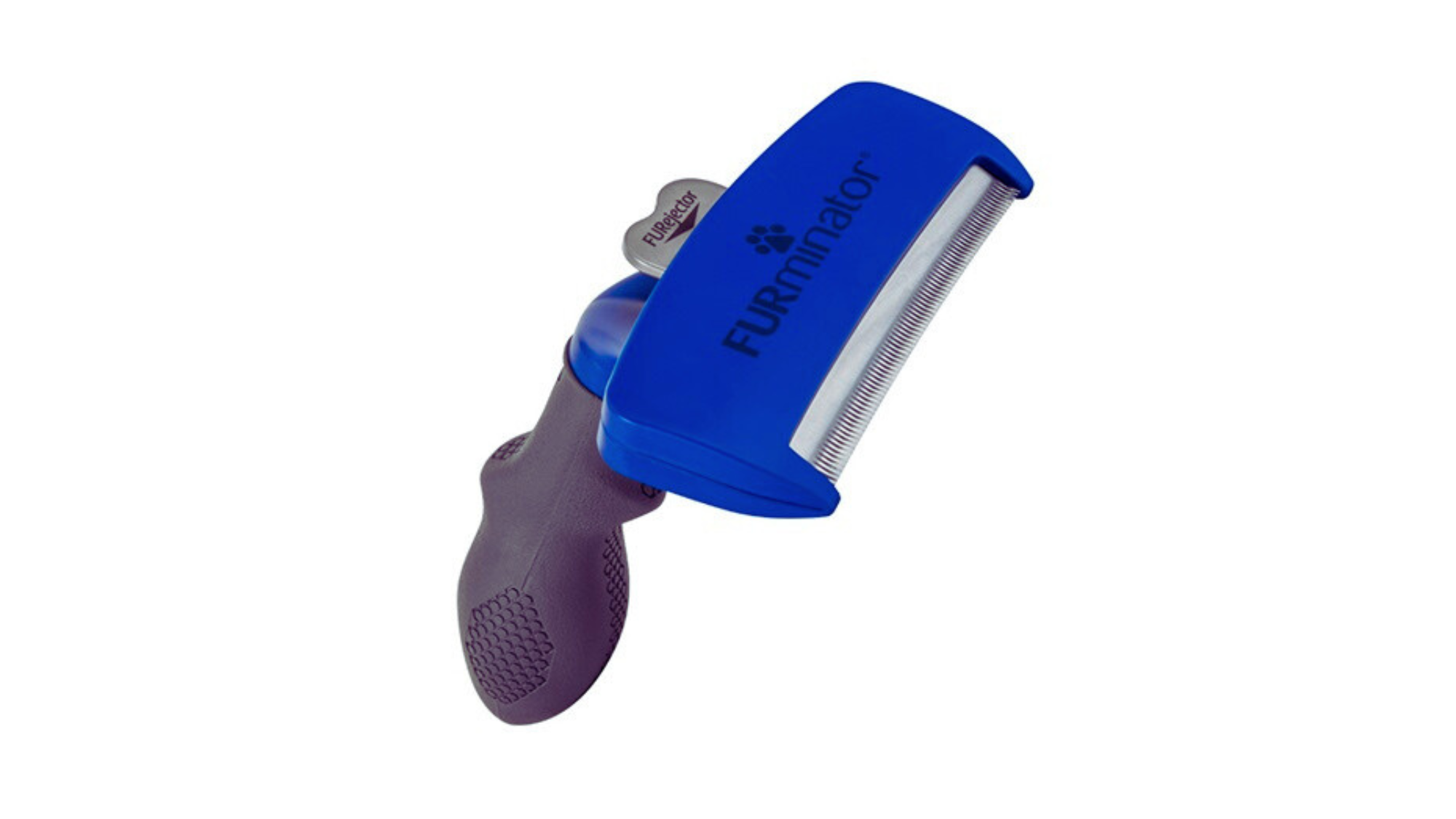
Size and Dimensions of the Furminator
The Furminator is available in different sizes, depending on the pet’s size and coat length. These sizes are generally categorized into small, medium, and large, each designed for a different type of pet.
- Small Furminator: For small pets like cats and toy dogs, the Furminator typically measures 4 inches in width and 6 inches in length.
- Medium Furminator: Designed for medium-sized dogs, it’s about 4.5 inches to 5 inches in width and 7 inches in length.
- Large Furminator: For large dogs with thick, dense undercoats, this tool is usually 5–6 inches wide and 8 inches long.
How to Use the Furminator
To use the Furminator effectively, follow these steps:
- Start with a dry coat: Ensure your pet’s coat is dry and free of tangles before using the Furminator.
- Use gentle strokes: Gently run the Furminator through your pet’s fur, using long strokes in the direction of hair growth. Avoid pressing too hard, as this can cause discomfort or skin irritation.
- Focus on the undercoat: The Furminator is designed to remove hair from the undercoat, so focus on this area to reduce shedding effectively.
- Clean the Furminator regularly: After each session, use the ejector button or remove the collected hair by hand to keep the tool functioning properly.
Price Range of the Furminator
The Furminator is typically more expensive than a slicker brush due to its specialized design. Prices for Furminator brushes generally range from $30 to $60, with the smaller versions starting at around $30 and the larger versions for bigger dogs or thicker coats ranging up to $60.
Pros of the Furminator
The Furminator offers several advantages that make it a favorite among pet owners:
- Reduces shedding effectively: The Furminator’s design makes it excellent at removing loose undercoat hair, significantly reducing shedding around the house.
- Prevents matting: By targeting the undercoat, the Furminator helps prevent mats and tangles from forming, keeping your pet’s coat smooth and healthy.
- Promotes healthy coat and skin: Like the slicker brush, the Furminator stimulates blood flow and distributes natural oils, promoting a shiny and healthy coat.
- Quick and efficient: The Furminator is designed to remove a large amount of loose hair with each stroke, making the grooming session quicker and more efficient.
- Suitable for thick or dense coats: The Furminator is ideal for pets with thick or dense undercoats, as it can effectively reach the hair beneath the topcoat.
Cons of the Furminator
While the Furminator is highly effective, it’s not without its drawbacks:
- Not suitable for short-haired pets: The Furminator is designed for pets with thick or long coats and may not be as effective on short-haired dogs or cats.
- Can cause skin irritation: If used incorrectly or on sensitive skin, the Furminator may cause irritation or discomfort.
- Expensive: The Furminator is generally more expensive than other grooming tools, which might be a consideration for some pet owners.
- Requires regular cleaning: To keep the Furminator functioning properly, it requires regular cleaning to remove hair buildup.
Comparison Table: Slicker Brush Vs Furminator
Here’s a quick comparison table summarizing the key differences:
| Feature | Slicker Brush | Furminator |
| Best For | All coat types | Thick undercoats |
| Design | Fine metal pins | Rake-like comb with long teeth |
| Size | Small (4″), Medium (5–6″), Large (7–8″) | Small (4″), Medium (5″), Large (6–7″) |
| Price Range | $10–$30 | $30–$60 |
| Effectiveness | Removes tangles, mats, loose hair | Reduces shedding, removes undercoat |
| Maintenance | Clean pins after use | Ejector button for easy cleaning |
| Comfort | Gentle with proper technique | Can irritate if used improperly |
Slicker Brush vs Furminator: Which Is Right for Your Pet?
Both the Slicker Brush and the Furminator are excellent tools for managing shedding, but they each have their ideal use cases:
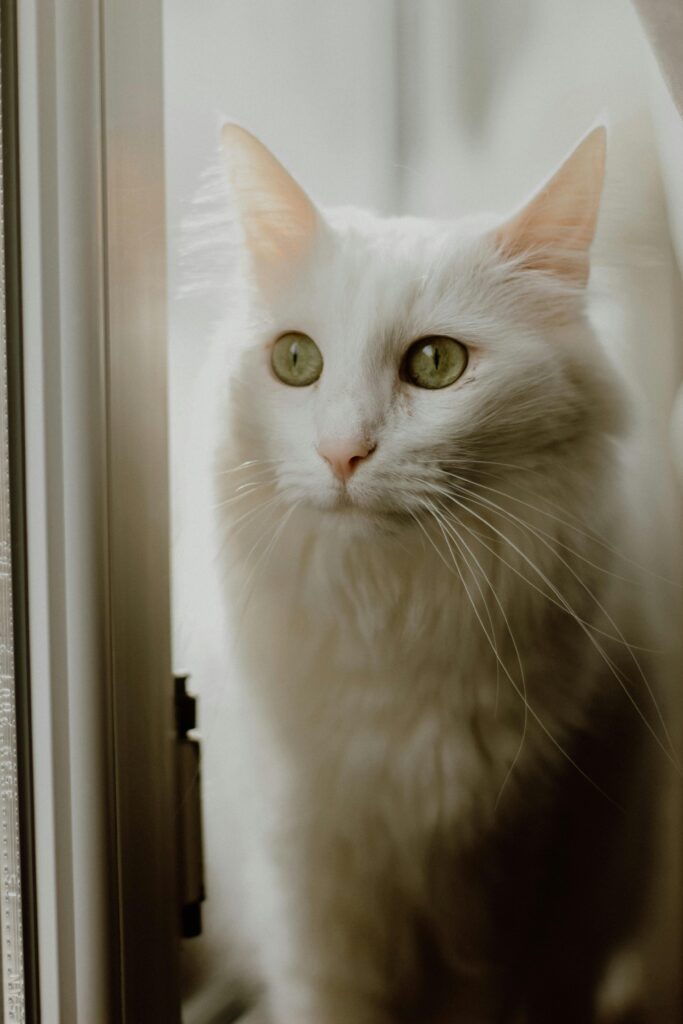
Choose the Slicker Brush if:
- You have a pet with long or medium-length hair.
- You need a versatile, gentle tool for regular brushing.
- Your pet is sensitive to harsh brushes or has a delicate coat.
- You want a tool that can be used on short, medium, or long-haired pets.
Choose the Furminator if:
- You have a pet with a thick, dense undercoat (e.g., Golden Retrievers, Huskies).
- You want a tool that focuses on shedding from the undercoat.
- You need a grooming tool that works efficiently on heavy shedders.
- Your pet’s topcoat is relatively healthy and doesn’t need as much attention.
Final Thoughts: Keep Your Pet’s Coat Healthy and Shiny
Ultimately, both the slicker brush vs furminator are great options, but the right choice depends on your pet’s coat type and grooming needs. Regular grooming not only helps manage shedding but also promotes a healthy coat and reduces the risk of matting, tangling, and skin irritation.
By selecting the right tool and maintaining a regular grooming routine, you can ensure your pet looks their best and your home stays fur-free.
Discover why Afghan Hound collars are wide by exploring the unique characteristics of this breed and how wide collars enhance their comfort and style.
So, which one will you choose: the gentle versatility of the Slicker Brush, or the shedding power of the Furminator? It’s time to find out which one works best for your furry friend!





